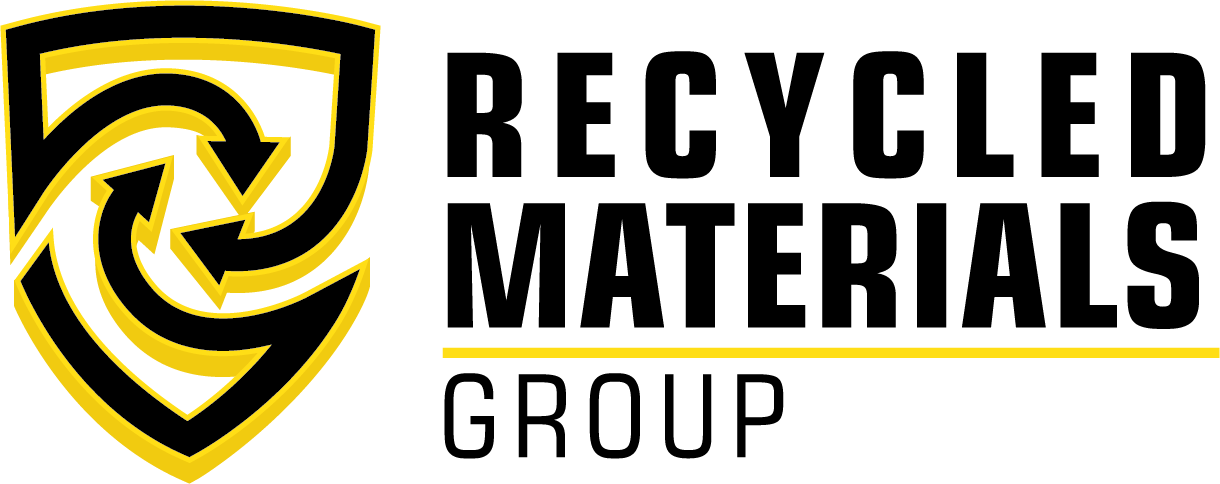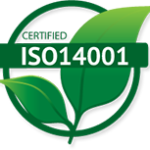Why We Shred Hard Drives
For storage, logistics, and routine updates, academic institutions and other organizations are often faced with the dilemma of having outdated technology loaded with sensitive information. Deleting files is no longer enough to ensure security, as skilled cyber criminals are able to pull deleted data from intact hard drives. Disposing old hard drives without taking proper means to liquidate sensitive data poses the risks of data breaches and lawsuits. Luckily, hard drive data destruction and sanitation is available through several methods, many which can be safely handled by a professional ITAD center, like the Recycling Materials Group.
Shredding
Hard drive shredding renders every hard drive into unreadably small pieces which can then be compacted for facilitated disposal. Hard drive shredding is feasible for most organizations, though it does require additional processing for proper recycling of repurposed metal. Shredding is an expensive process which does pose some environmental contaminant risk, therefore it’s recommended to seek out a professional hard drive shredder.
Degaussing
Degaussing is a process which scrambles the data on a hard drive using electromagnetic, rendering it illegible and unusable. Degaussing is a useful precursor to stripping or shredding a hard drive. Degaussers are highly expensive, and thus an organization would find it in their best financial interest to outsource their retired hard drives for degaussing, rather than purchase the hardware.
Melting
Melting is an arguably outdated method for hard drive destruction which involves hydrochloric and nitric acids. Given the needed safety equipment to use these chemicals and their toxic effects on the environment, melting is unsustainable and not recommended for data security.
Drilling
The simplest method of rendering a hard drive unreadable is to drill holes in it. Cost-effective and simple, the metal in a drive will give way under a hand drill, nail gun, or regular hammer. The only downside of this method is that it does not ensure total data destruction with one nail – partial data could be lifted by a skilled data shark.
Over the past years, we’ve noted a substantial increase in academic institutions utilizing the aforementioned methods for data security. Everything from passwords to grades and suspension records poses significant legal harm to academies in the scenario of a data breach. As schools continue to operate with semi-remote virtual courses, the control over private information remains vital.
Keep in Mind
- Shredding is more effective when combined with another method such as wiping or degaussing
- Consider logistics of time and transport when choosing a waste recycler to send your outdated electronics
- Destroying electronics yourself runs the risk of danger. Shards from broken drives can cause severe injury. Kitchen acids and magnets lack the strength to destroy drives, posing more harm to the individual. Depending on the quantity of your IT assets, shipping them to a professional will reduce effort, danger, and time spent destroying the drives.
For more information, please do not hesitate to reach out to the Recycled Materials Group on our contact page or by placing a call to 603-417-3046.





